Should you provide your cat with a drinking fountain? What types of fountains are there? Which one best suits your particular needs? How can you get your cat used to a drinking fountain?
Did you know that up to 80 percent of your cat’s body weight is made up of water? H2O is indeed an elixir for felines, helping to keep them in good physical shape by transporting the key substances their bodies need to function properly. To make sure your cat stays healthy, you should encourage them to drink plenty of water every day. Cats love running water, which means that setting up a drinking fountain is the perfect way to encourage them to drink.
What should you keep an eye on when using a cat fountain? How often should you clean the fountain?
Should you provide your cat with a drinking fountain?
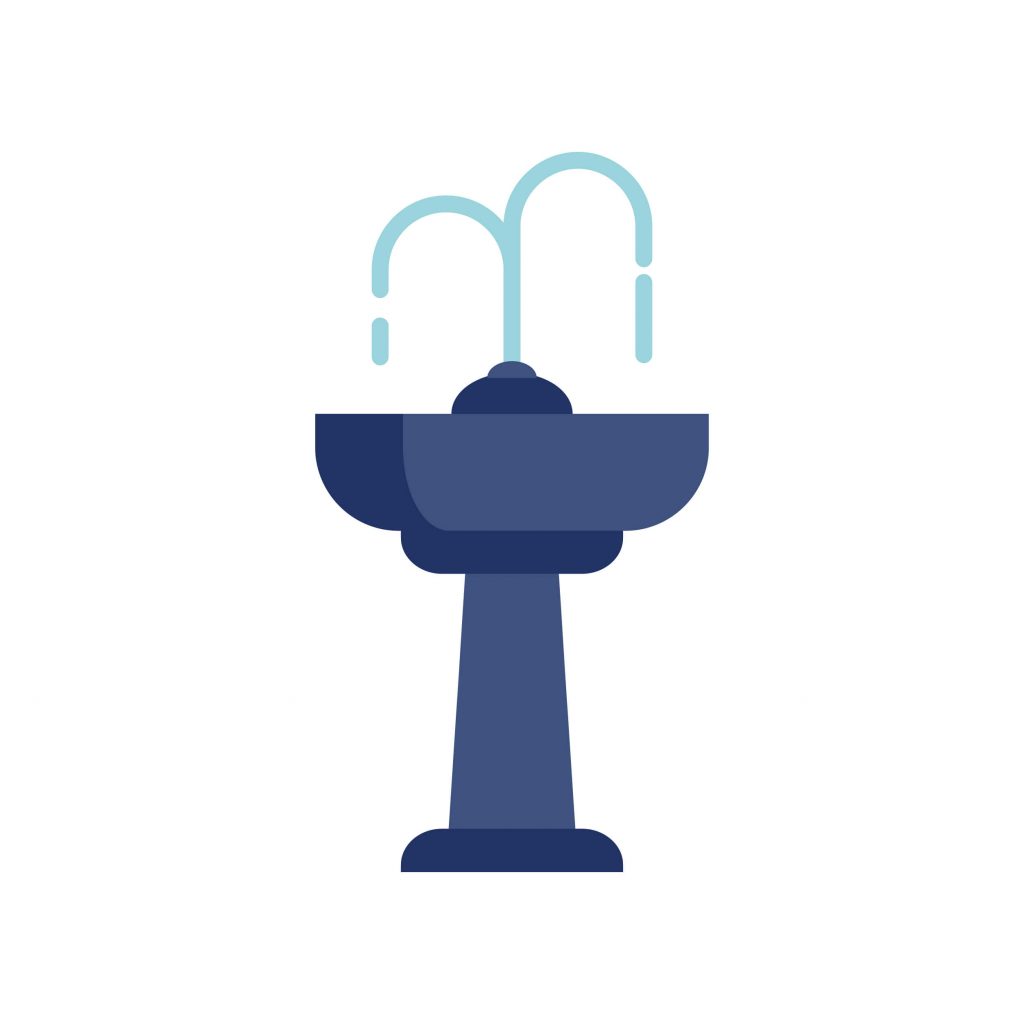
Isn’t it enough to give your cat water in a bowl or dish? Do you really need an additional fountain? Should you provide your cat with a drinking fountain? Or is it just another unnecessary accessory, a gadget that nobody really needs, especially not your cat? As you already know, every cat is a unique creature with individual preferences. So their tastes will also be different when it comes to water. But it’s true that many cats love running water, i.e., water that doesn’t just sit in a bowl but actually flows and gurgles in front of them. This is why offering your cat a drinking fountain might actually make a lot of sense.
Does your cat actually need a drinking fountain?
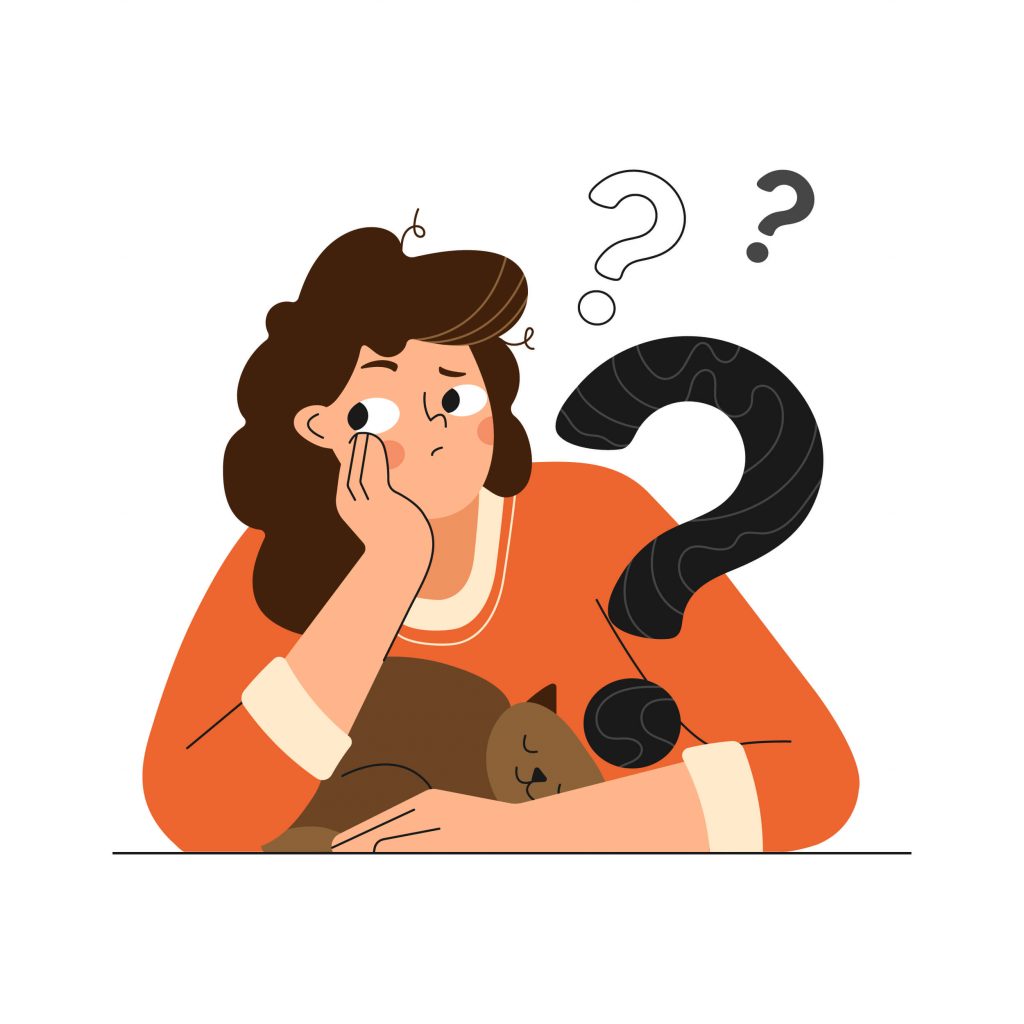
Do cats actually need a drinking fountain? They seem to drink hardly anything in the first place, right? But it’s true that they should drink plenty of water every day, especially in the warmer months. If you have an outdoor cat, you usually have even less control over what it drinks when it’s out and about. Although cats take in fluids through their food (more through wet food than dry food), they should also drink water on a daily basis. A drinking fountain can encourage them to drink more water. In other words, cats don’t necessarily need a drinking fountain, but it can absolutely help to improve their drinking habits.
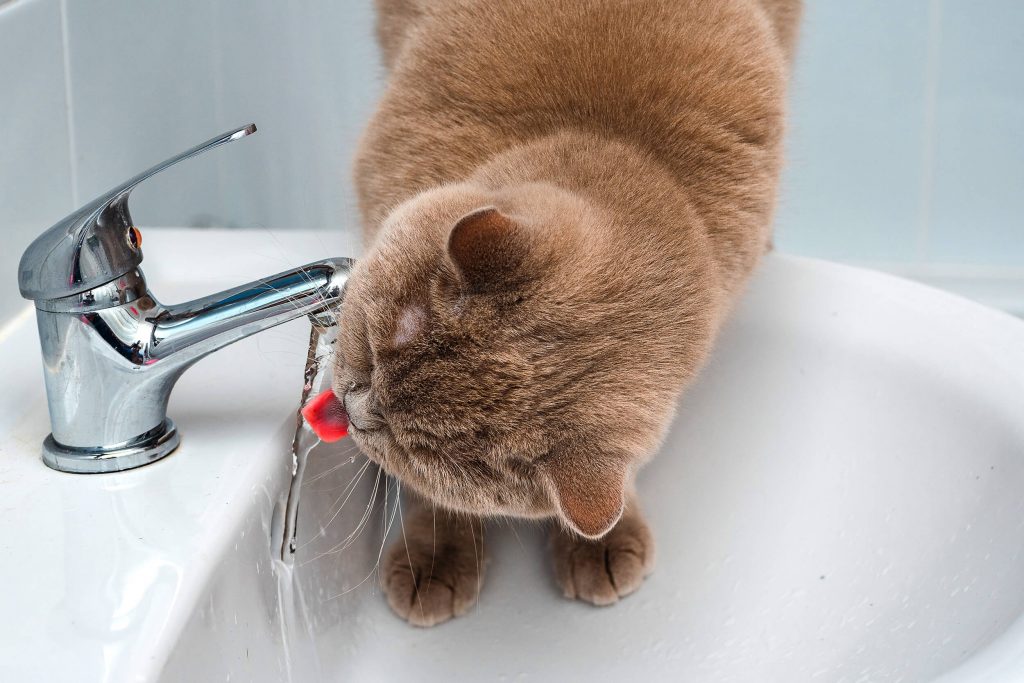
Advantages of a drinking fountain

Cats are smart. They won’t drink poor-quality water that’s been standing around for too long. They can sense the water might contain bacteria that could make them sick. Drinking water from a drinking fountain is something that will instinctively suit your cats, especially because they’re more likely to notice the water when it’s moving. If the running water looks safe to them, they’ll probably subject it to a smell test first and then try it out. In other words, your cat is more likely to consume running water from a fountain than water sitting in a bowl. Most cats also don’t like touching the edge of the bowl with their whiskers, they’re very sensitive to that! When you offer cats a drinking fountain, it has several advantages:
- Comfortable handling – no daily refilling
- Consistent water quality – increased water oxygenation
- Fosters natural cat behaviour and well-being
- Better air quality – fountain acts as an additional humidifier
Disadvantages of a drinking fountain

As always in life, there’s another side to the proverbial coin, even when it comes to a simple drinking fountain. And depending on which side you’re looking at, you might encounter some negative aspects. Ultimately, it’s up to you to decide whether the advantages of providing your cat with a drinking fountain outweigh the unpleasant side effects. Here are some of the disadvantages associated with drinking fountains:
- Price – regular water bowls are generally cheaper than drinking fountains.
- Electricity costs – this isn’t even an issue with regular drinking bowls and dishes
- Maintenance costs – you’ll probably have to change filters at regular intervals
- Noise level – there might be an annoying background noise caused by the pump and water flow
Can a drinking fountain be dangerous for cats?

Drinking fountains can be dangerous for cats if they’re not cleaned regularly or if they’re of poor quality. If you make sure to keep the fountain clean and bacteria-free, and if you buy a fountain certified with a European CE marking or GS certification, you’ll be on the safe side.
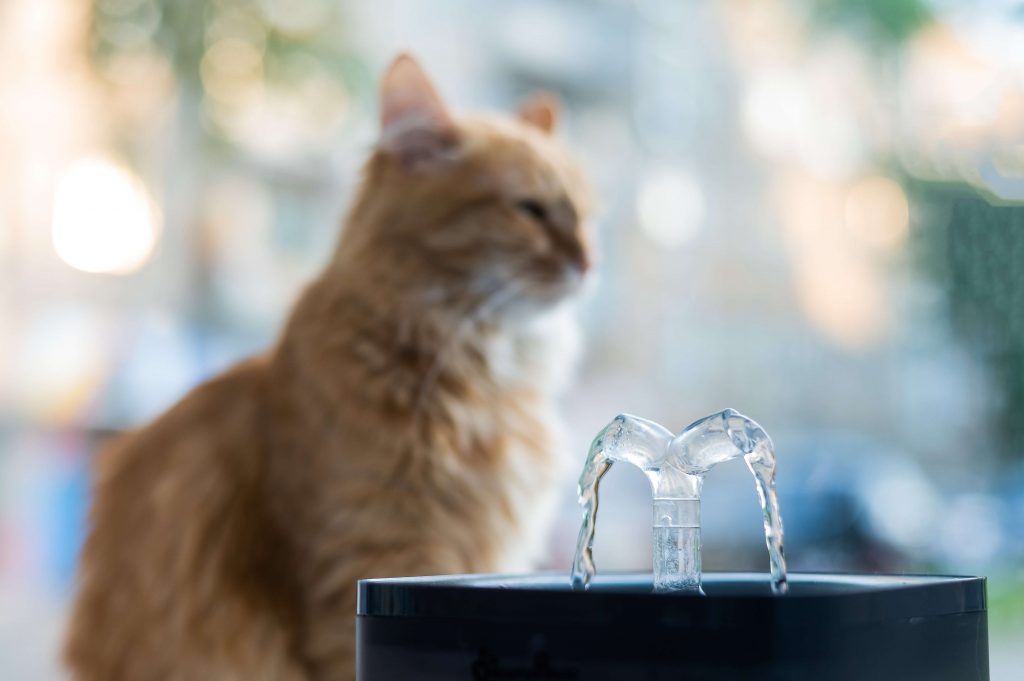
Which drinking fountain is best for your cat?

Are you thinking about buying a drinking fountain but you’re still undecided about which one you should choose? Which drinking fountain is best for your cat? On the one hand, the drinking fountain should meet your furry friend’s needs, and on the other, it should complement the basic equipment you already have for your cat. There are many different drinking fountains on the market, so it’s not always easy to find the best one. That’s why we’ve compiled a small selection of fountains to make it easier for you to find the perfect one for you and your cat:
TIP:
If you have several cats at home, you should opt for a larger drinking fountain with a greater capacity!
What’s best, a plug-in drinking fountain or a battery operated one?
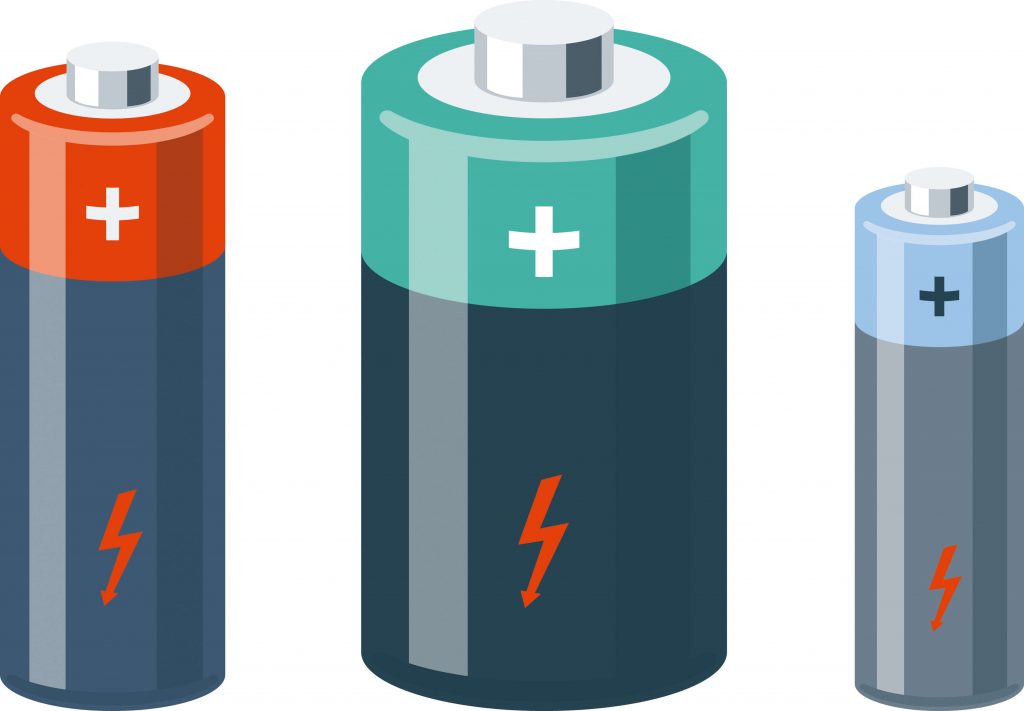
The first question you should ask yourself is where exactly you want to set up the drinking fountain for your cat. Is there an electrical outlet in the direct vicinity where you can plug it in? If not, you can opt for a fountain that has a rechargeable battery. Plug-in fountains have the advantage of taking up less space and offering a slightly larger capacity for water. Plus, a drinking fountain that’s always connected to electricity will operate constantly without you having to worry about the energy supply. When your fountain is battery operated, you’ll have to remove, recharge and re-install the batteries on a regular basis, depending on how long they last.
What’s best, a drinking fountain with or without a filter?
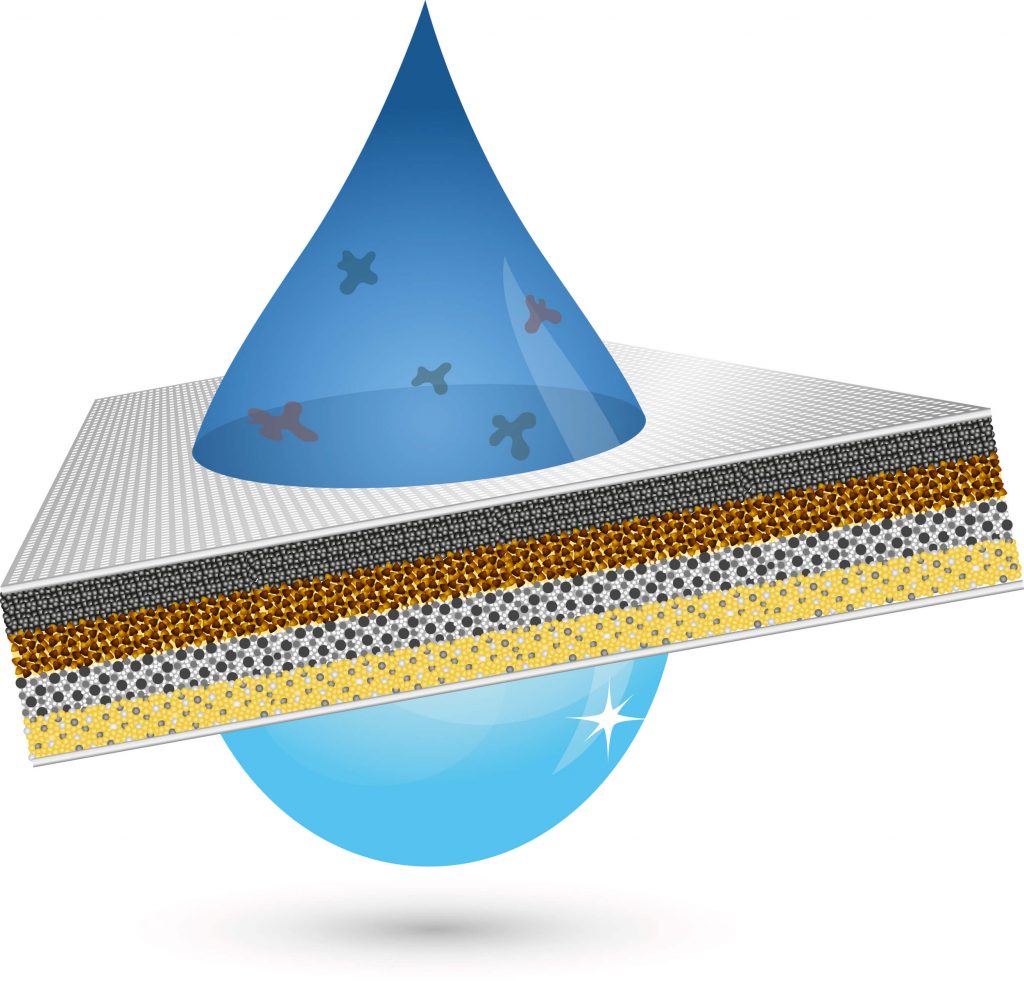
If your cat has longer fur, you should definitely think about getting a drinking fountain with a long-hair filter: this filter is like a sponge and ensures that your cat’s long hairs don’t disable the pump of your fountain. Otherwise, since the water in your drinking fountain is constantly flowing, it usually stays fresh, which means that an extra filter is not absolutely necessary for cats with shorter hair. It also means you wouldn’t have to install a new filter at regular intervals, which can get expensive.
Which is best, a ceramic or a stainless steel drinking fountain?
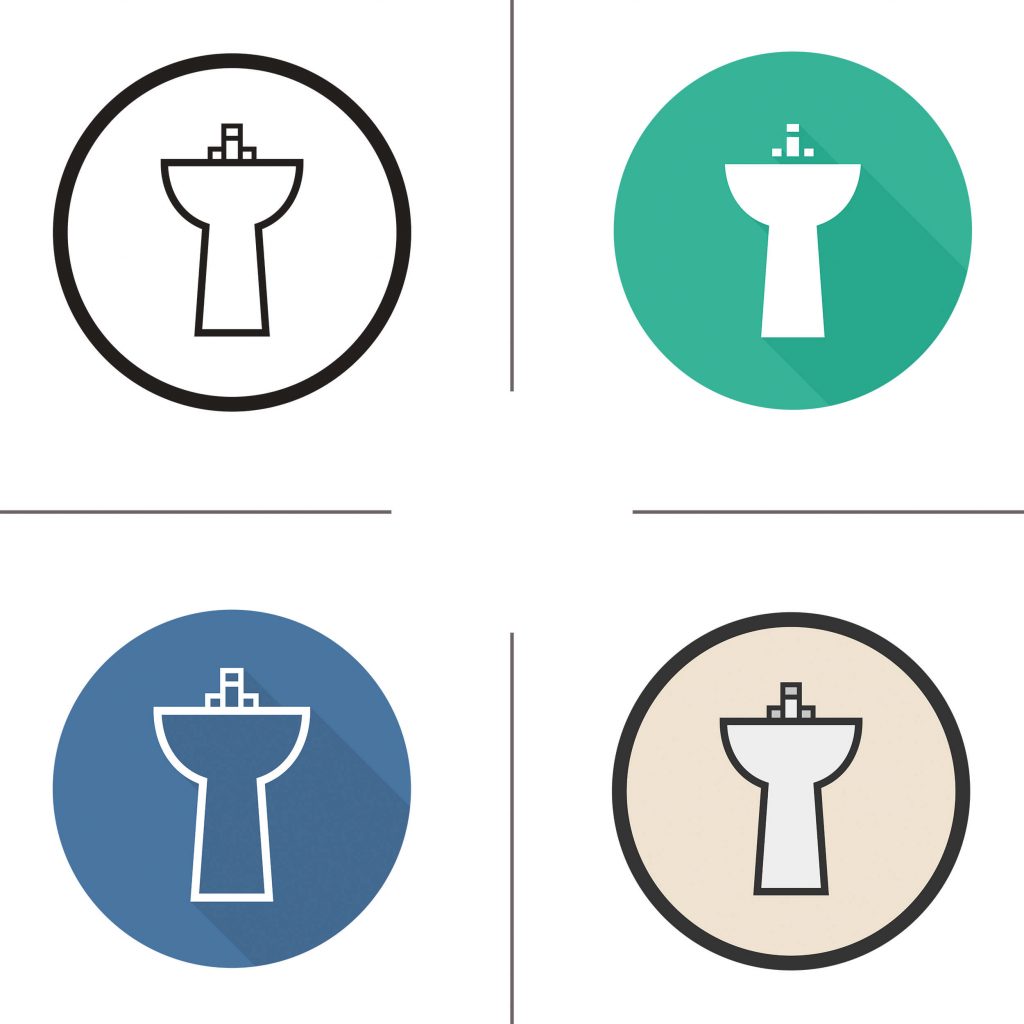
Will your cat prefer a ceramic drinking fountain or one made of stainless steel? First of all, both variants are more stable, durable and hygienic than plastic fountains. They also tend to have a higher-quality workmanship. However, this high quality is usually also reflected in the price: they are far more expensive than the plastic versions! Both stainless steel and ceramic fountains are easy to clean. The surfaces of the fountains remain smooth and in perfect condition, even after prolonged use, which helps to prevent the build-up of bacteria.
Are there any advantages of a drinking fountain with a motion detector?

Would you like your cat’s drinking fountain to operate at particular times only? No problem, there are drinking fountains with motion sensors for that. These fountains only start flowing when your cat approaches. Some drinking fountains are already equipped with a sensor for this purpose. But you can also retrofit your current drinking fountain with a motion detector: simply connect a type of timer in between! This way you can determine exactly when, for how long and at what distance your drinking fountain will start operating when your cat approaches.
Getting your cat used to a drinking fountain
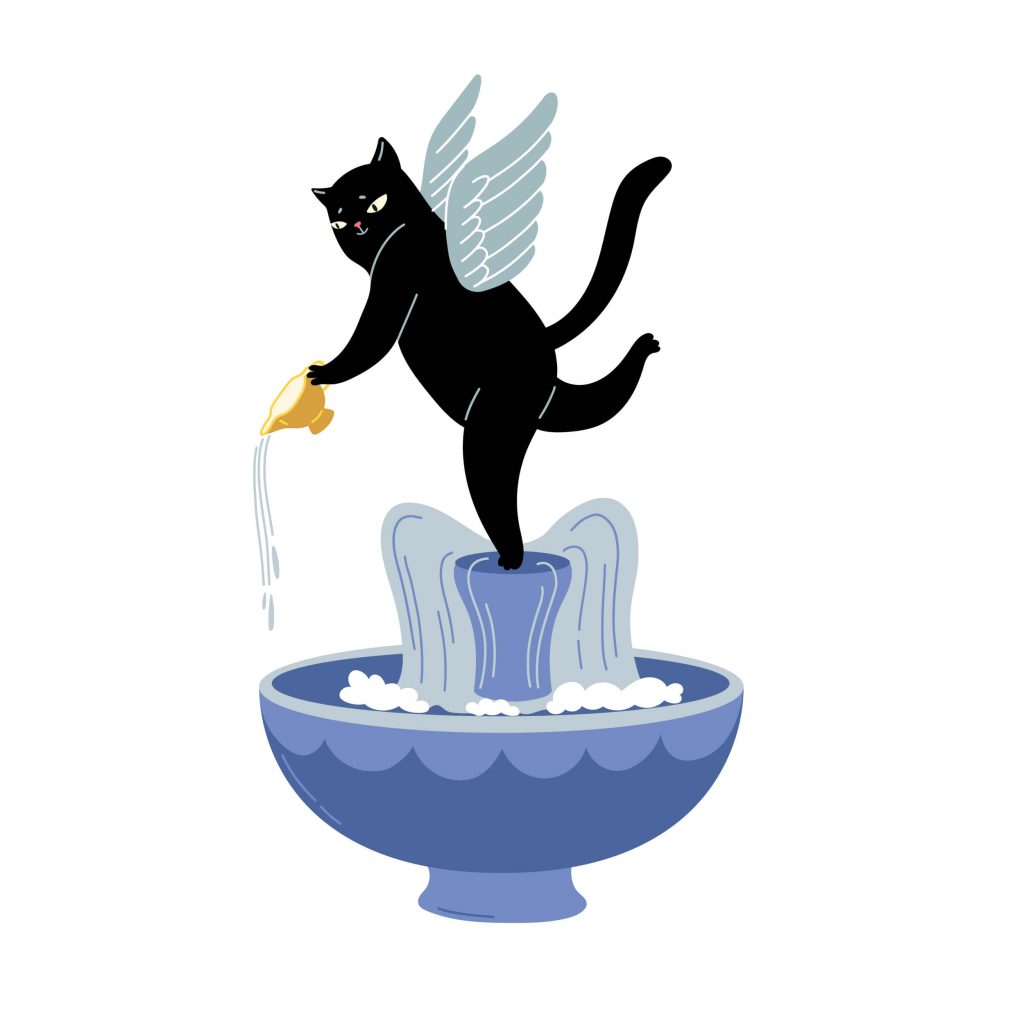
It’s arrived! You’ve bought a drinking fountain for your cat and want to start using it right away. But what’s the best way to get your cat used to the fountain? First of all, you should read the operating instructions and clean it thoroughly before using it. You should also take a close look at the manufacturer’s recommendations: How much water should you put in? Are there different settings that regulate the water flow? As soon as you’ve familiarised yourself with the device, turn it on at the lowest setting. After your cat has become comfortable with the new drinking fountain, you can increase the water pressure slightly.
ATTENTION: Always use cold water in your cat’s drinking fountain – never warm water!
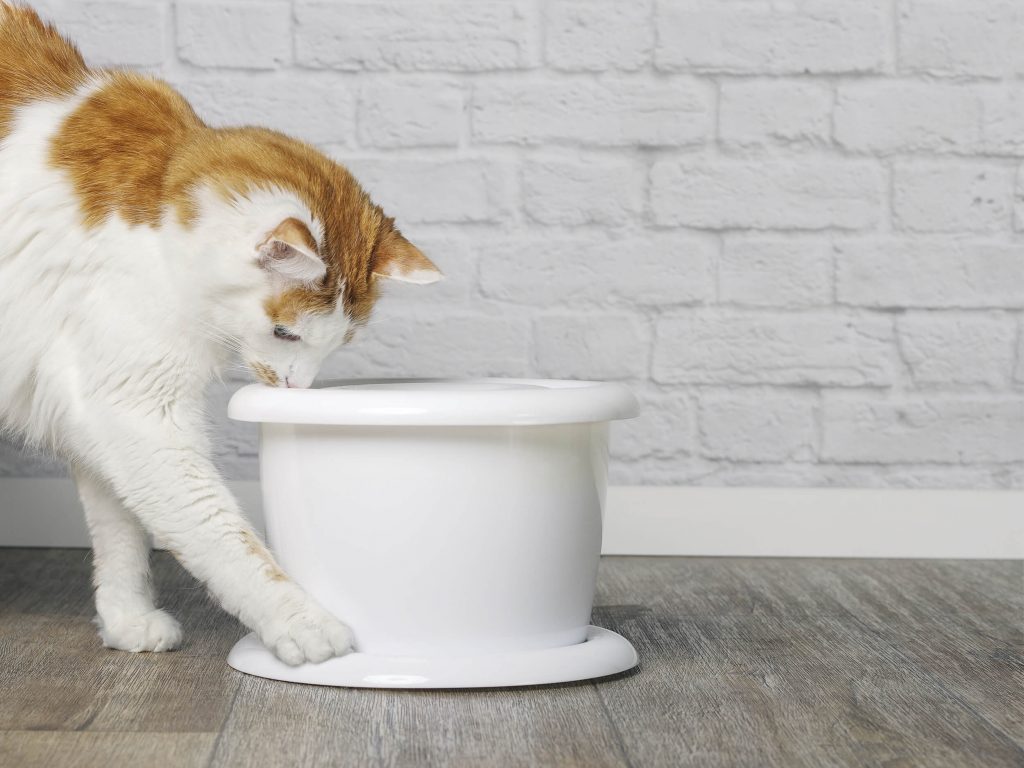
Finding the perfect spot for your cat’s drinking fountain

What’s the perfect spot to set up your cat’s drinking fountain? First of all, never place the drinking fountain near radiators or close to where you feed your cat. Your furry friend’s litter box should also be somewhere else, preferably far away. In other words, make sure that your cat’s food, litter and water are in separate places away from each other. The drinking fountain should be set up in a stable position so that it won’t tip over. Make sure that you choose a surface that won’t vibrate loudly when you switch on the fountain. Waterproof mats are also a great idea, especially if your cat tends to slobber while drinking at the fountain.
Getting your cat to drink from the fountain
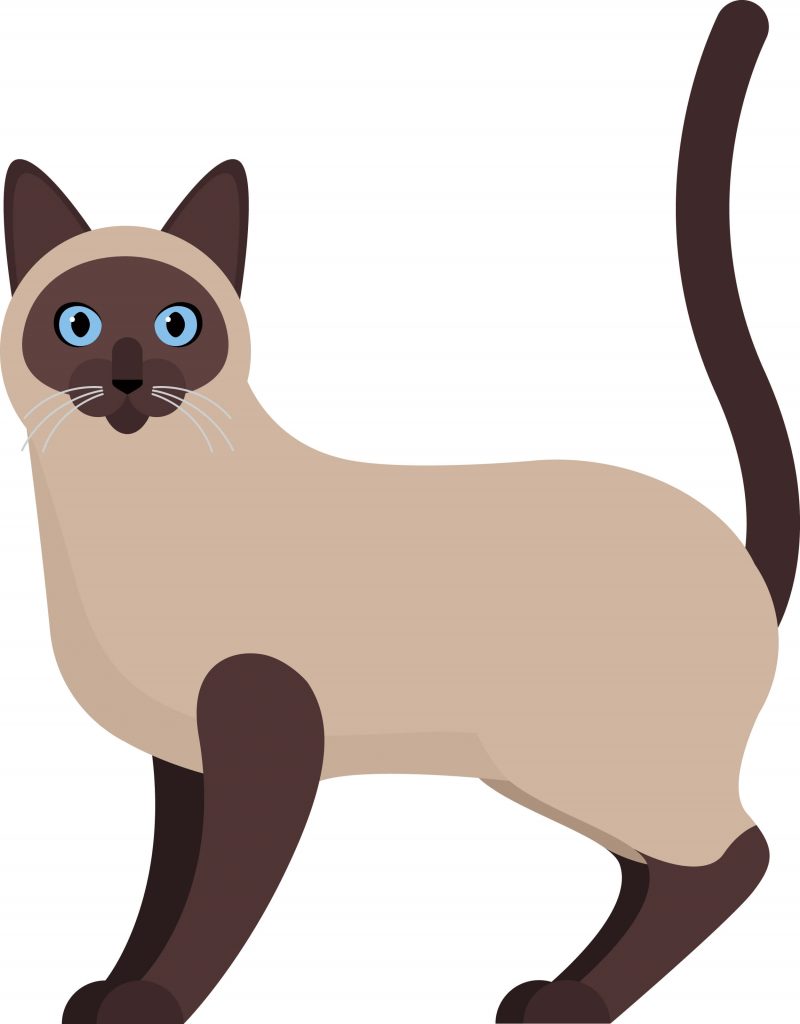
So you’ve set up your cat’s drinking fountain, but now how do you get your cat to actually drink from the fountain? First of all, after you’ve filled the fountain with water, don’t turn it on right away. Allow your cat time to approach the new “roommate” and examine it in detail. Your cat might even take a cautious sip. As soon as they’ve gotten used to the presence of the fountain and no longer see it as a foreign object, feel free to turn it on. You can positively reinforce your cat’s drinking by rewarding them after they’ve taken some sips from the fountain: praise them and pet them vigorously, and maybe even give them their favourite treat.
TIP:
Do not remove your cat’s other water bowls after setting up your new drinking fountain!
Just leave them in their usual places.
What should you do if your cat refuses to use the drinking fountain?
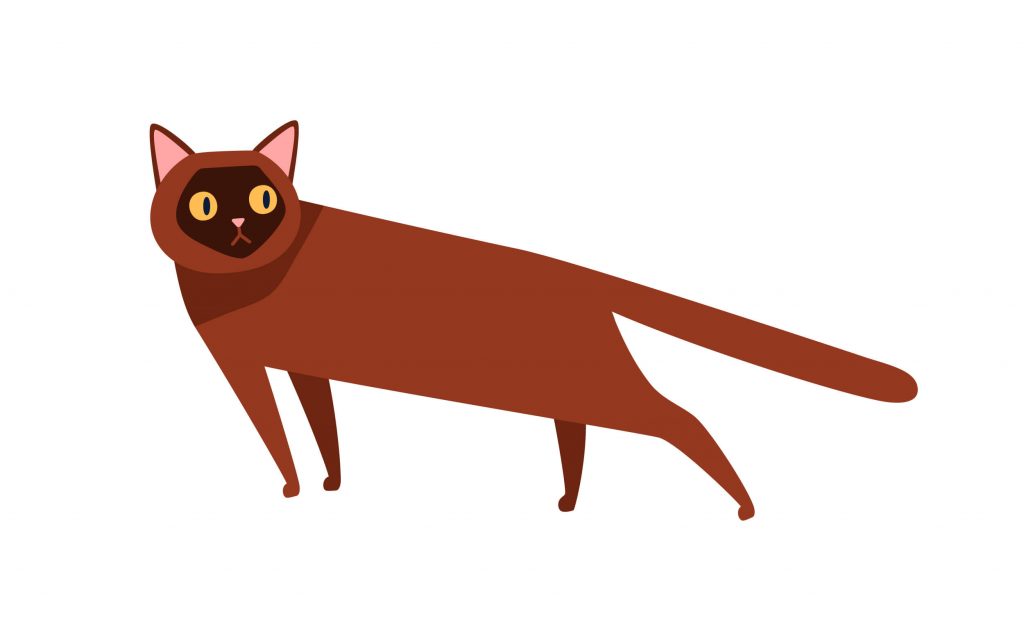
Is your cat refusing to drink from the new drinking fountain? Is it maybe even ignoring the fountain completely? What’s going on, why doesn’t your cat want to drink from it? First of all, observe how your cat approaches the fountain: do they seem shy, do they maintain a safe distance from it or ignore it entirely? Cats are very sensitive: sometimes the spot you’ve picked won’t suit them, sometimes the smell will repel them or they might be disturbed by certain noises. Keep trying to find out what the problem is, and keep trying to fix it.
How soon will kittens get used to using a drinking fountain?
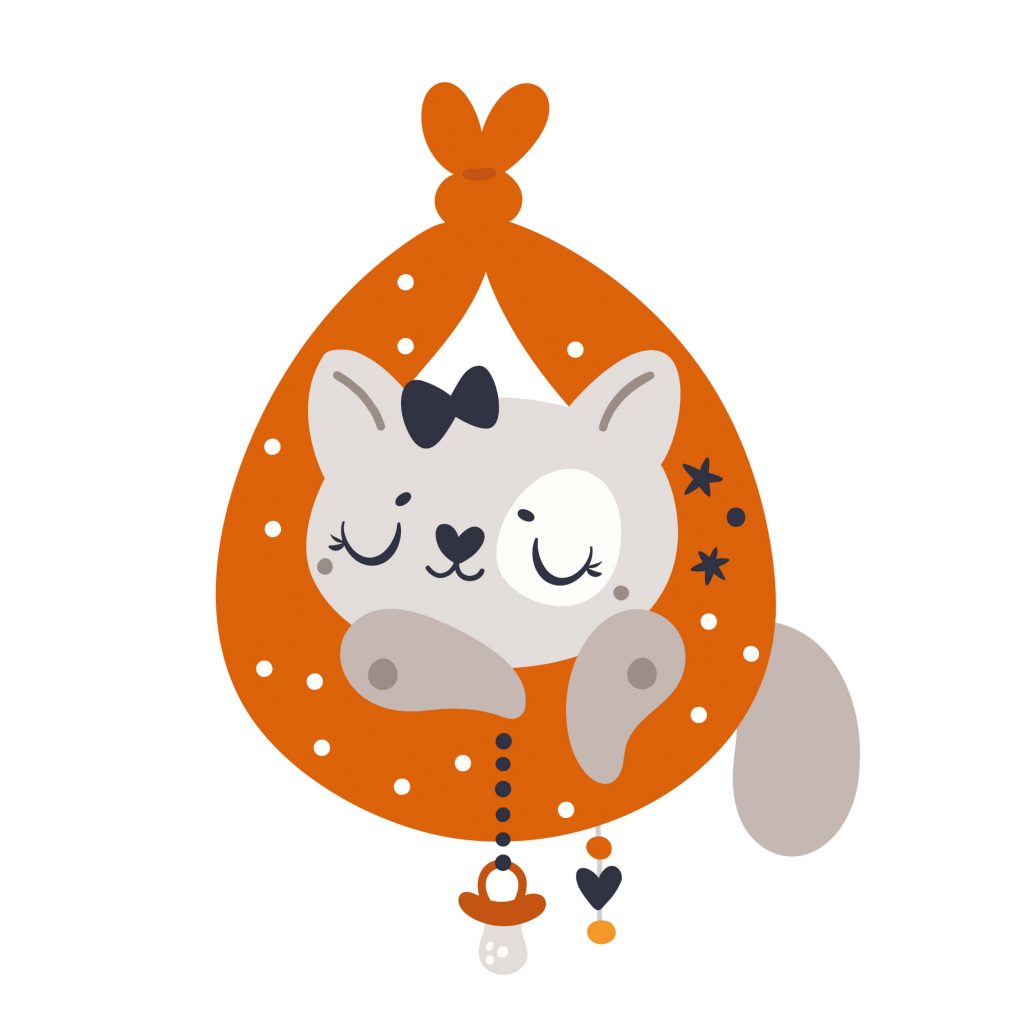
What’s the right time to get kittens used to a drinking fountain? Since kittens only slowly switch from their mother’s milk to real food at the age of about four weeks, these little tykes won’t be able to use a drinking fountain properly before then. However, kittens are very curious, which means they might still like to explore the strange device. Just splash around in the water a bit with your hand when the kittens are near. You can also put small floating balls in the water to inspire their play instincts and help them get used to the fountain in the process.
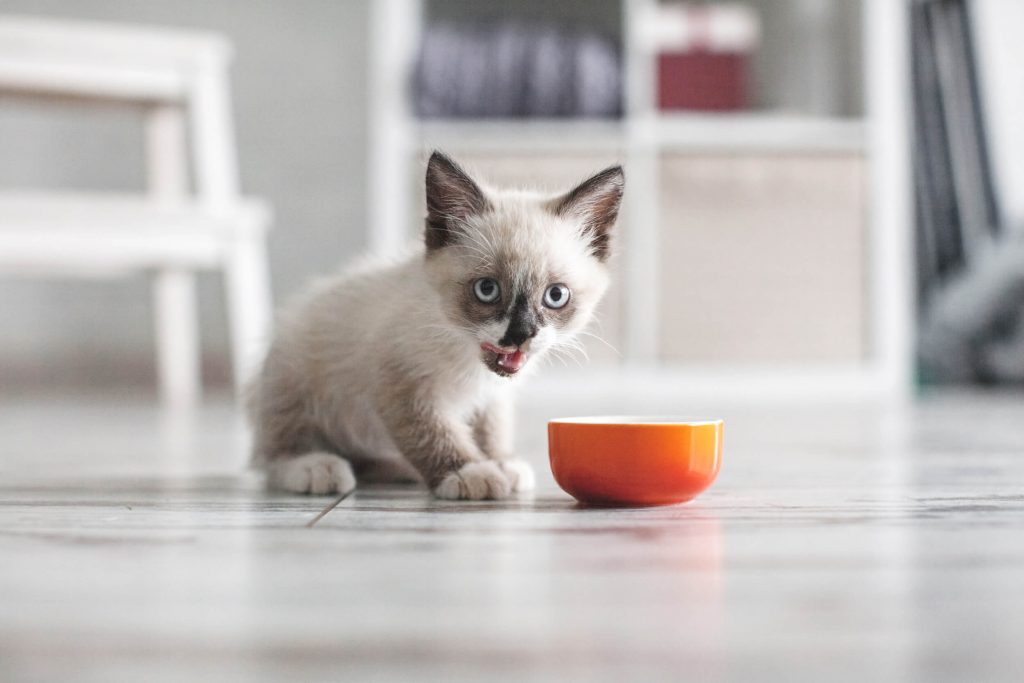
Cleaning your cat’s drinking fountain
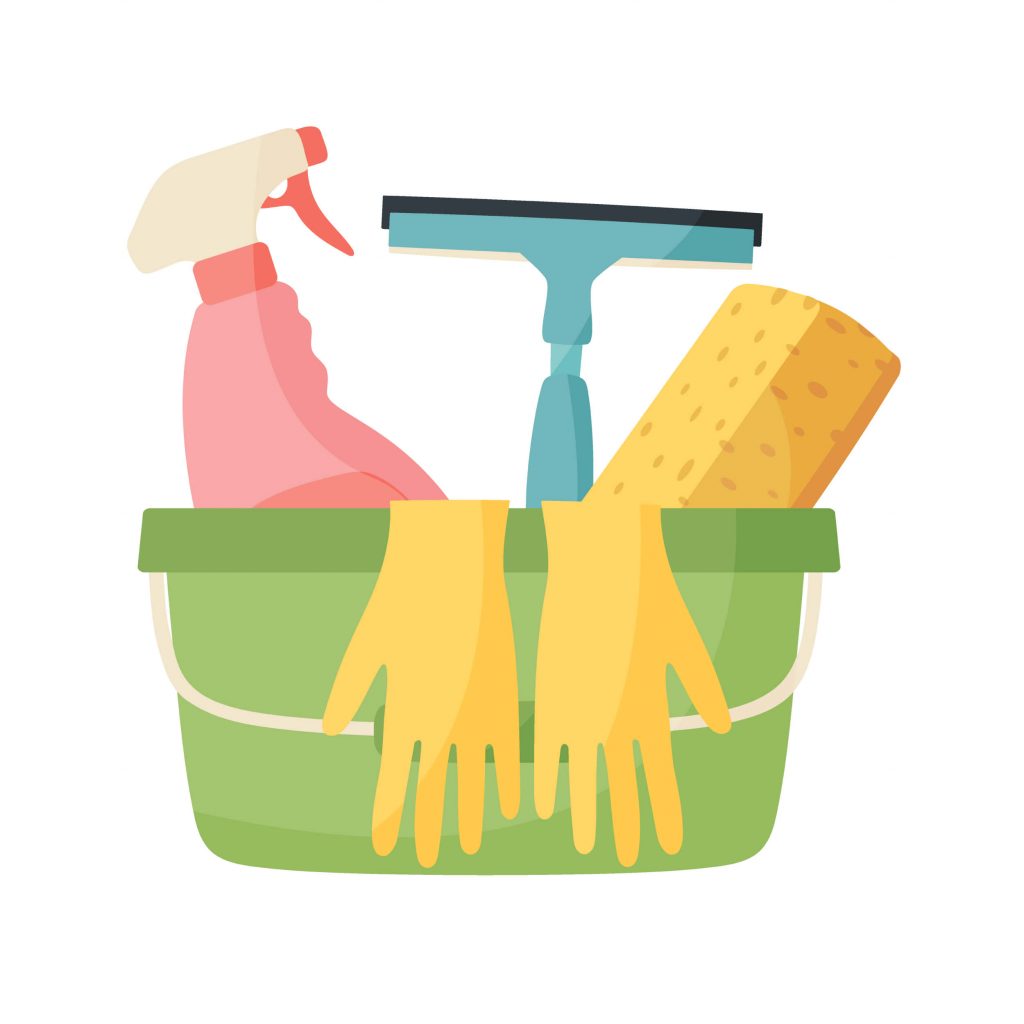
You should clean your cat’s drinking fountain regularly to prevent bacteria build-up and the spread of germs. Unfortunately, bacteria and germs are a real problem, especially at room temperature. Indeed, humidity, warm temperatures and your cat’s saliva create an ideal breeding ground for many pathogens! You should therefore pay close attention to hygiene in and around the fountain. This includes changing the water regularly, cleaning the pump and the filter (if you have one) and decalcifying the fountain. If you keep your fountain clean and bacteria-free, your cat will always enjoy drinking from it.
How often should you change the water in your cat’s drinking fountain
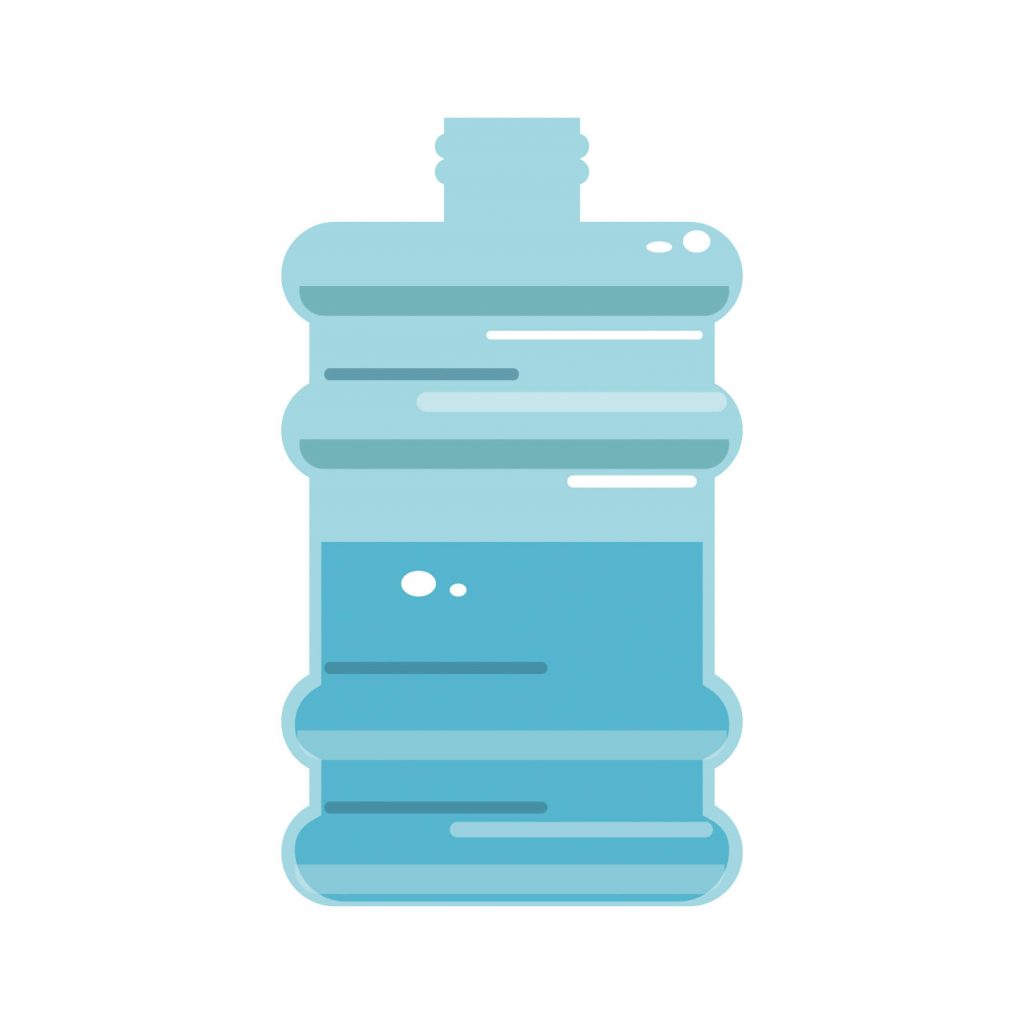
When should you change the water in your cat’s drinking fountain? You should always rinse the drinking fountain before using it the first time. Why? Because it might still have tiny substances and other residue from the manufacturing process on it. These won’t always be visible to the naked eye, and it’s important that your cat not ingest them under any circumstances. So, once again, don’t forget to rinse the drinking fountain thoroughly before you first use it! Otherwise, you should change the water completely every week as part of your general upkeep of the fountain, and you should always refill the tap water if the level falls below the minimum line.
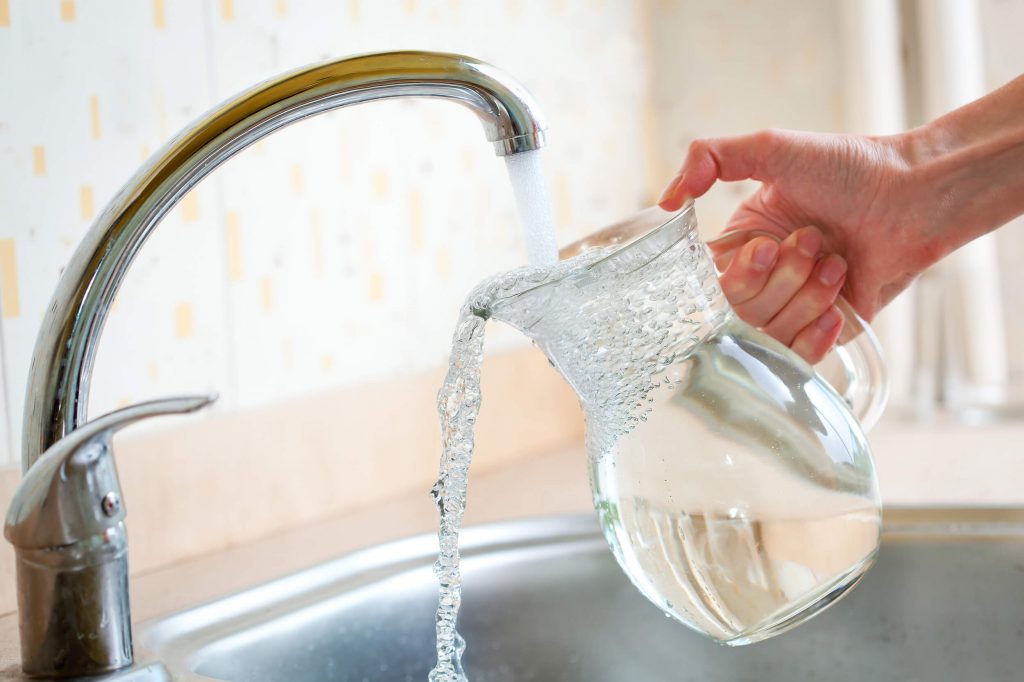
Cleaning the pump of your cat’s drinking fountain

How do I clean the pump on my cat’s drinking fountain? First of all, detach the pump, open it and remove the impeller. Clean the impeller carefully and rinse it thoroughly under running water. You can remove any residue left in the impeller holder by brushing it carefully with a toothbrush. Then reinsert the clean impeller and close the pump – done! Now you can put the clean pump back into your cat’s drinking fountain, where it can do its job again: full speed ahead!
Descaling your cat’s drinking fountain
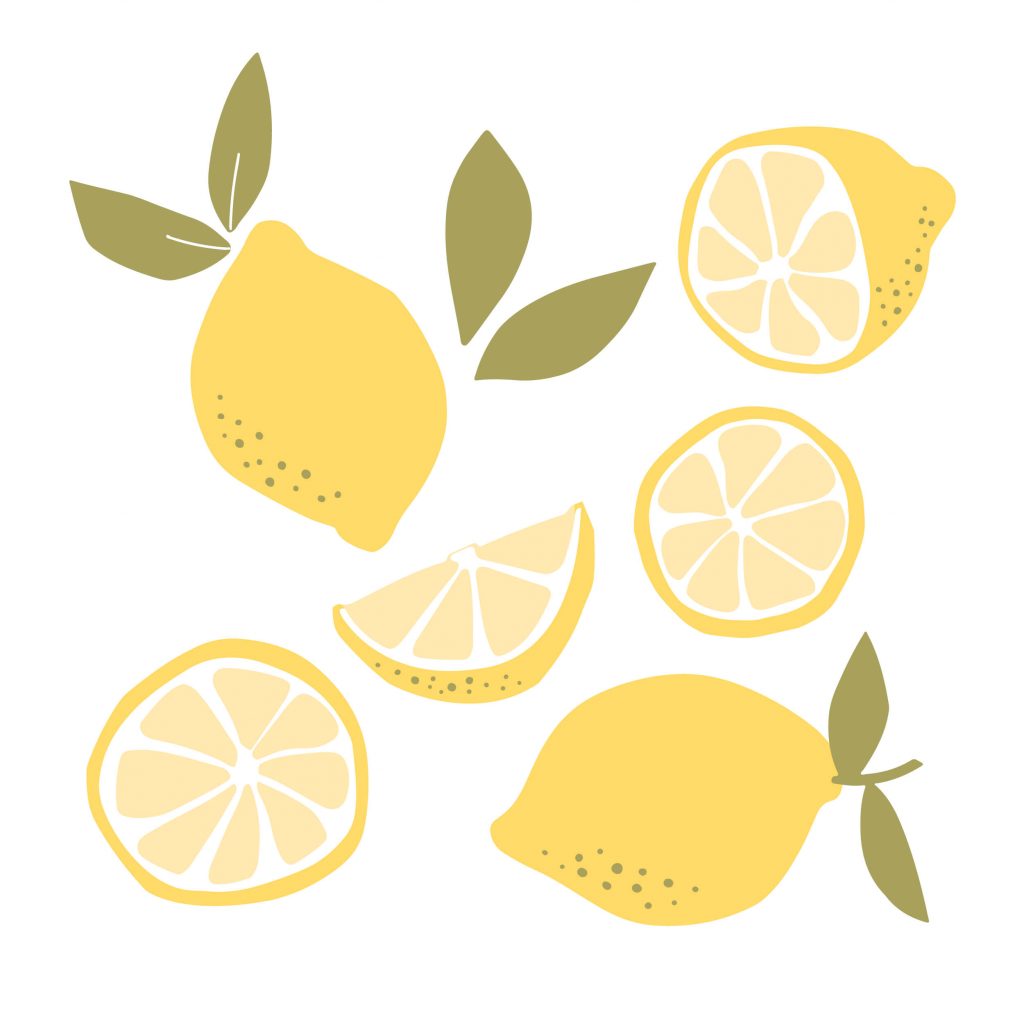
Do you have to descale your cat’s drinking fountain? Yes, you should descale your cat’s drinking fountain every now and then – just like any other device you have that comes into constant contact with water – to ensure that any limescale deposits are removed. If you don’t, the drinking fountain may stop working properly at some point due to a limescale build-up. There are organic descaling solutions you can purchase that are suitable for use in your cat’s drinking fountain, but please don’t use any aggressive “chemical bombs”! This is not good for cats, as it can cause them to become ill.
Build your own cat fountain
You can also build a drinking fountain for your cat all by yourself! And you don’t need to be a seasoned craftsman to do it. You only need different size terra cotta plant pots, plant-pot trays, a pump and some pebbles. First, arrange the plant pots and trays in a tower-like structure, then drill a hole in each of the pots and trays, except for the largest tray at the bottom. The holes should be large enough for the pump to fit through. Then file a drainage trough into the edge of the trays so that the water can flow down. Place the pump in the largest plant pot and spread the pebbles evenly over the trays. Here are some step-by-step instructions that will take you through the whole process – enjoy!
Source: Katzenbrunnen selber machen | GLOBUS BAUMARKT, , [YouTube-Video.], „DIY Anleitung Katzenbrunnen selber machen, Schritt für Schritt“ from 31.01.2019, Katzenbrunnen selber machen | GLOBUS BAUMARKT – YouTube, accessed on 28.04.2023
FAQs – A drinking fountain for your cat
Does it make sense to provide your cat with a drinking fountain? Although cats take in liquids through their food – to a greater extent through wet food than dry food – they should still also drink plenty of fresh water. A drinking fountain can encourage cats to drink more water.
Drinking fountains can be dangerous for cats if they’re not cleaned regularly or if the fountain is of poor quality. You should always keep the drinking fountain clean and bacteria-free, and make sure to purchase a fountain with a European CE marking or GS certificate.
When should you change the water in your cat’s drinking fountain? The water in your cat’s drinking fountain should be completely changed once a week as part of your regular cleaning ritual. You should also refill the fountain with fresh tap water whenever the level falls below the minimum line.
How much electricity your cat’s fountain consumes depends on the type of fountain you have, that is, on how many watts the individual components require. Depending on how much you pay for electricity and whether or not you have your fountain in continuous operation, the cost can range between €5.52 and €14.20 per year.
Up to 80 percent of your cat’s body weight is made up of water. Water keeps cats healthy by helping to transport the key substances their bodies need to function properly. In order for your cat to stay healthy, it should consume enough water every day.
Cats don’t like to drink water that’s been sitting around for a long time because they instinctively know it might contain bacteria and germs that can make them sick. This is why many cats prefer to drink water that’s constantly flowing rather than standing still.
The only way to ensure that your cat’s drinking fountain doesn’t become unhygienic is to clean it on a regular basis. By doing so, you’ll make sure that no germs or bacteria can spread. It’s important to remember that humidity, warm temperatures and your cat’s saliva create an ideal breeding ground for many germs.
A cat should have a total of three water stations at its disposal, and one of these watering stations can be a drinking fountain! Otherwise it’s enough to simply always provide your cat with fresh water in bowls placed at different locations in your home.
What’s the perfect spot for your cat’s drinking fountain? You shouldn’t set up your cat’s drinking fountain in any place where it can get very hot: for example, next to radiators. It’s also not a good idea to put the fountain next to where your cat eats or where their litter box is.
Adult cats should drink water, not milk. Cow’s milk isn’t healthy for most cats and cat milk is a calorie bomb, so make sure they only drink small amounts. Drinking fountains should only ever be filled with fresh tap water, never with distilled water or carbonated water.
When is the right time to introduce kittens to the drinking fountain? Kittens switch from drinking their mother’s milk to consuming real food at about four weeks of age. Kittens are very curious, which means they’re likely to want to explore the drinking fountain even before they’re old enough to use it…
Yes, you can! If you’ve got some basic handicraft skills, you can make one quite easily. A video with step-by-step DIY instructions on how to build a cat fountain is available in the last section of our blog post.
